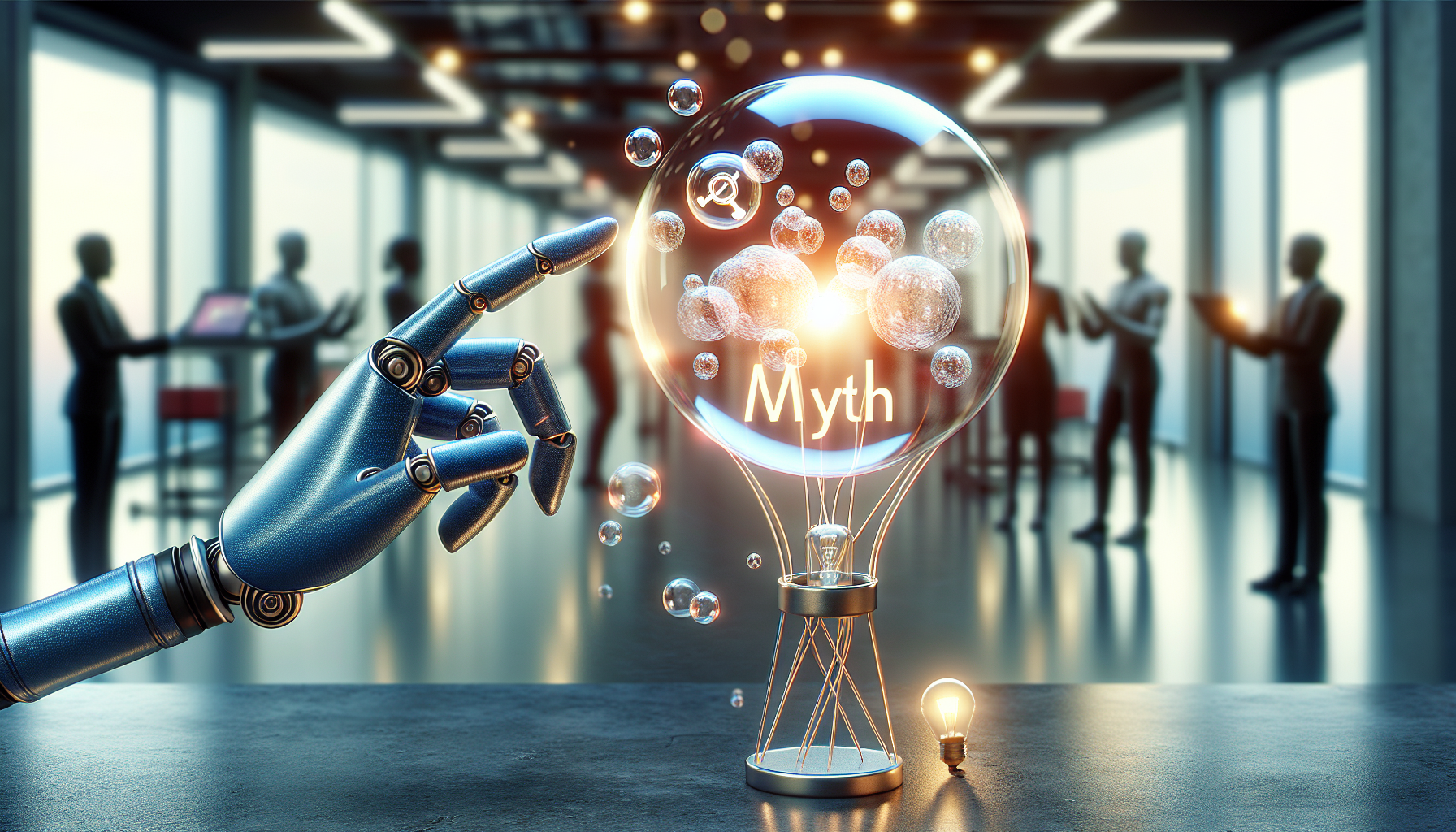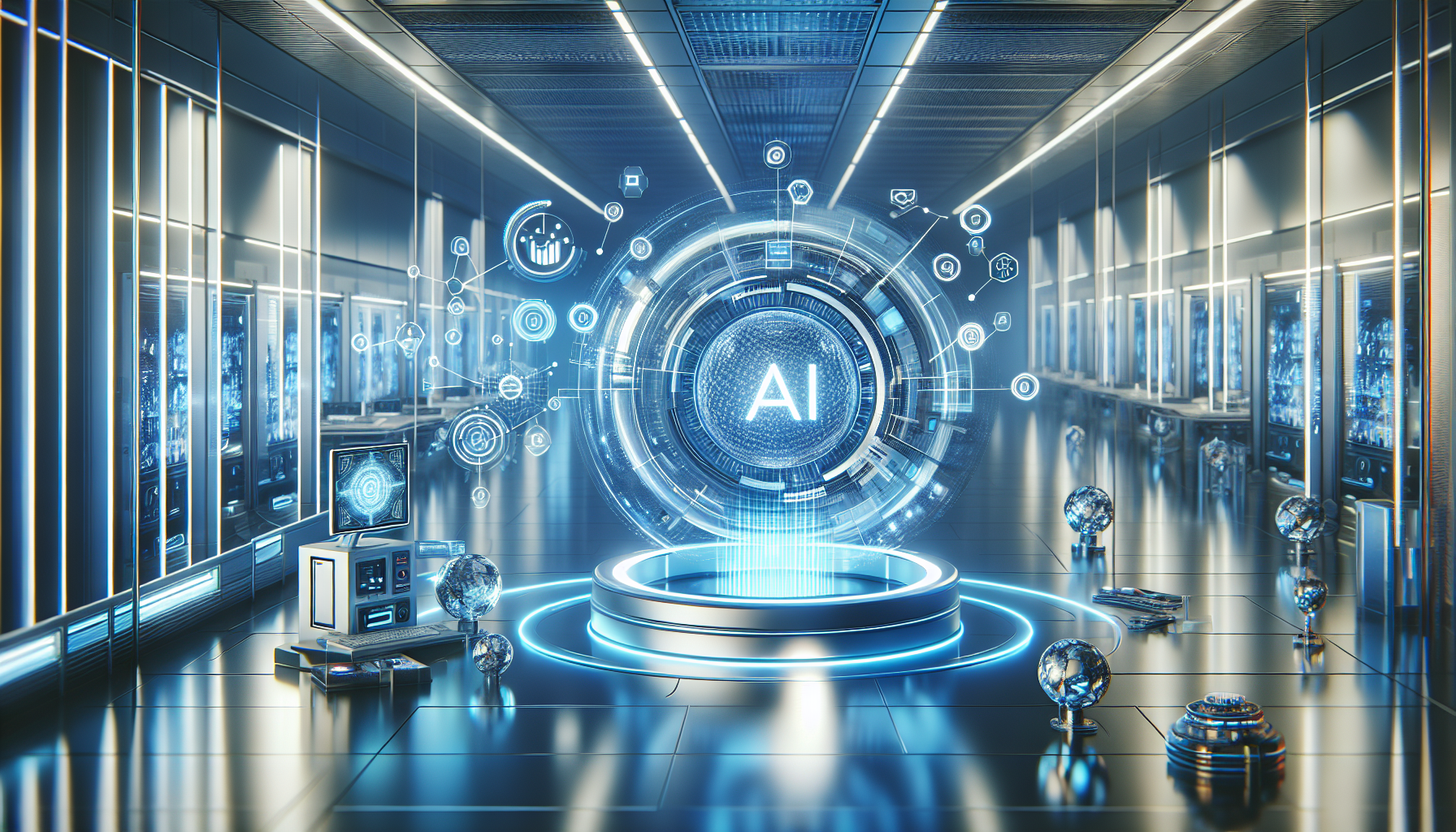
AI in Agriculture: Separating Fact from Fiction in the Quest for Higher Yields
October 5, 2025
Artificial intelligence has been heralded as the savior of modern agriculture, with promises of increased efficiency, higher crop yields, and reduced environmental impact. But as these bold claims circulate, it's vital to separate fact from fiction. Are these promises rooted in reality, or are they mere marketing hype designed to sell the latest technology?
The allure of AI in agriculture is undeniable. Imagine drones equipped with advanced sensors monitoring fields, smart irrigation systems optimizing water use, and predictive analytics guiding farmers on the best time to plant and harvest. These technologies suggest a future where farming is not only more efficient but also more sustainable. However, a critical examination reveals that the journey to this utopia is fraught with challenges and misconceptions.
One popular myth is that AI alone can significantly boost crop yields. While AI can certainly enhance decision-making, it is not a silver bullet. Boosting yields involves a complex interplay of factors, including soil health, climate conditions, and the socio-economic environment. AI can provide valuable insights, but it cannot magically transform poor soil or compensate for adverse weather. Furthermore, the effectiveness of AI-driven solutions is heavily reliant on the quality and quantity of data available. In many regions, the infrastructure to collect and process this data is still lacking, limiting the potential impact of AI.
Another misconception is that AI technologies are universally accessible and affordable. In reality, the adoption of AI in agriculture is often skewed towards larger operations with the means to invest in cutting-edge technology. Smallholder farmers, who constitute a significant portion of global agriculture, may find these technologies prohibitively expensive or impractical. The digital divide remains a significant barrier, with many farmers lacking the technical expertise or resources to implement AI solutions effectively.
Moreover, the environmental benefits of AI in agriculture are frequently overstated. While AI can help optimize resource use, such as water and fertilizers, it is not a substitute for sustainable farming practices. Over-reliance on technology can lead to unintended consequences, such as increased monoculture and reliance on chemical inputs, which can harm biodiversity and soil health. True sustainability requires a holistic approach that combines technology with traditional knowledge and regenerative practices.
The ethical implications of AI in agriculture also warrant scrutiny. The use of AI raises questions about data privacy and ownership. Who owns the data collected by drones and sensors, and how is it used? There is a risk that data could be exploited by large agribusinesses at the expense of individual farmers, leading to further consolidation in the industry and reducing competition. This concentration of power could undermine the autonomy of farmers and threaten food security.
Despite these challenges, dismissing AI outright would be shortsighted. There are numerous examples where AI has made a positive impact, such as precision agriculture systems that have helped reduce pesticide use or machine learning models that predict disease outbreaks. However, these successes often require careful implementation and a supportive policy framework. Governments and industry leaders must work collaboratively to address the barriers to AI adoption, ensuring that the benefits are equitably distributed and that the technology is used responsibly.
As we navigate the hype surrounding AI in agriculture, it is crucial to maintain a balanced perspective. Technology is not a panacea, but a tool that, if used wisely, can contribute to more resilient and productive agricultural systems. The path forward requires critical thinking, inclusive policies, and a commitment to sustainable practices.
In contemplating the future of AI in agriculture, we must ask ourselves: Are we ready to embrace the complexity of the challenges ahead, or are we content with simplistic solutions that offer temporary gains? The answers will shape the future of food production and our capacity to feed a growing global population sustainably.


